Dank dem Gesetz haben wir nun endlich auch ein BKW. Unsere Hausverwaltung hat in der Eigentümerversammlung angekündigt, dass ein Ablehnen in Zukunft nicht mehr möglich sein wird, und so konnten alle Parteien überzeugt werden. War trotzdem ein langer Kampf, und ohne diesem Gesetz unmöglich.
Ich hoffe das wird vielen anderen genauso helfen.
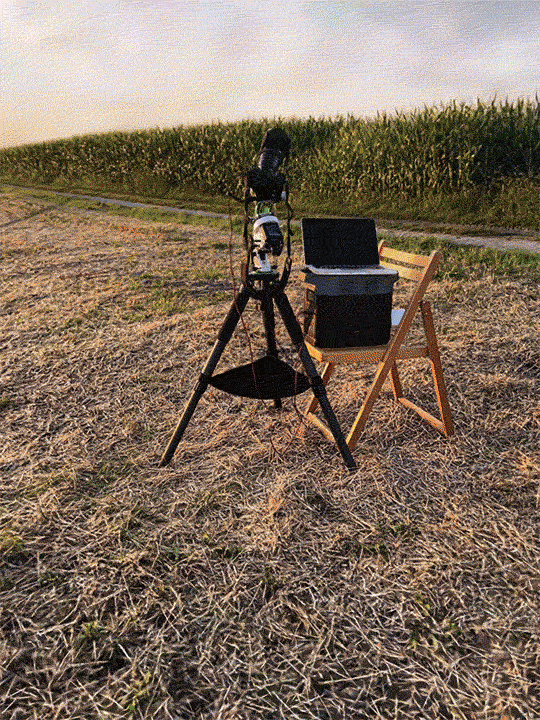

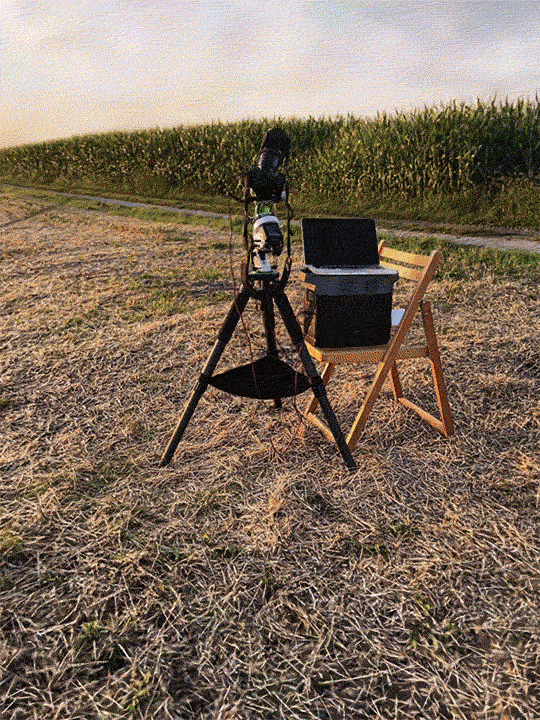
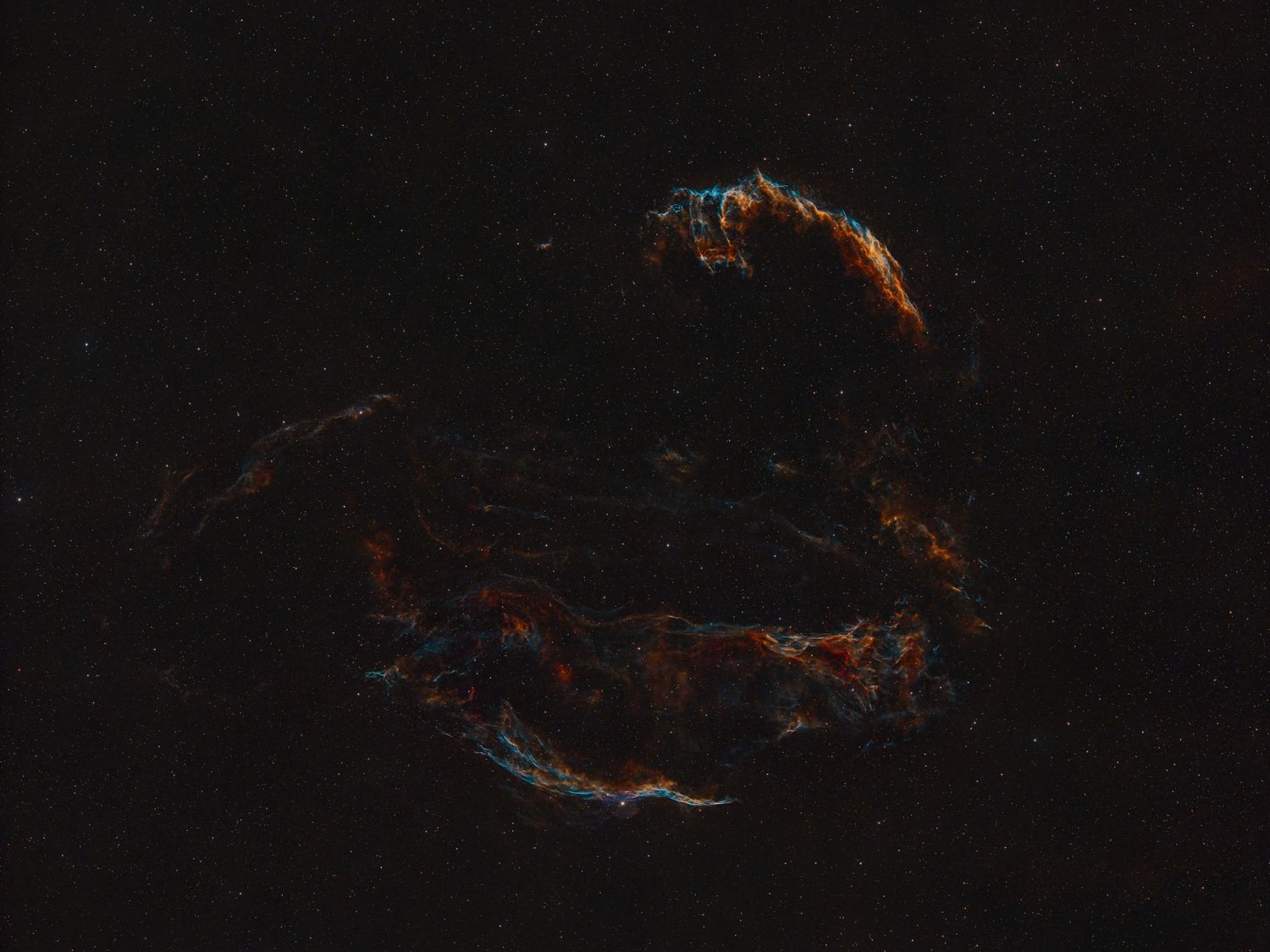

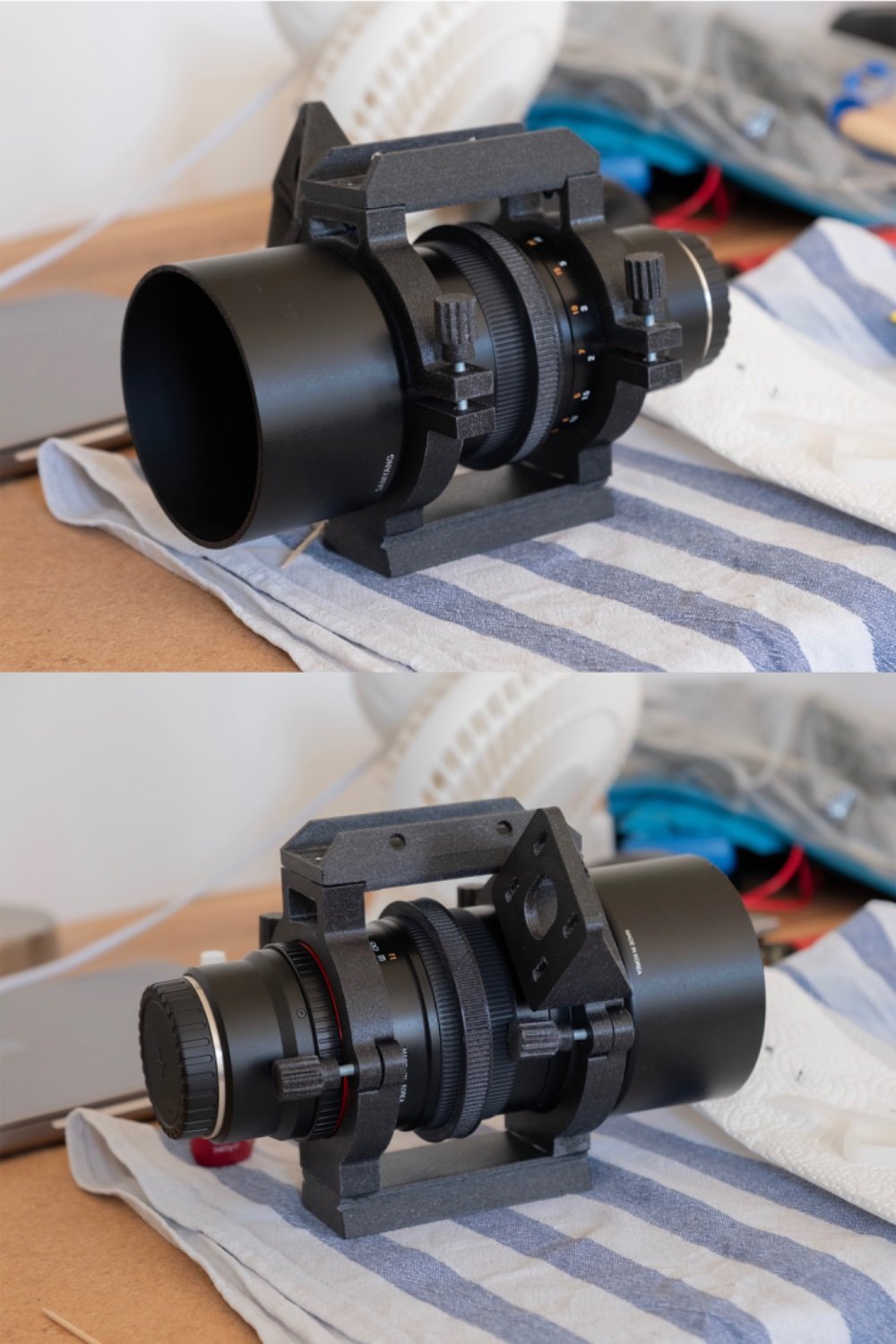
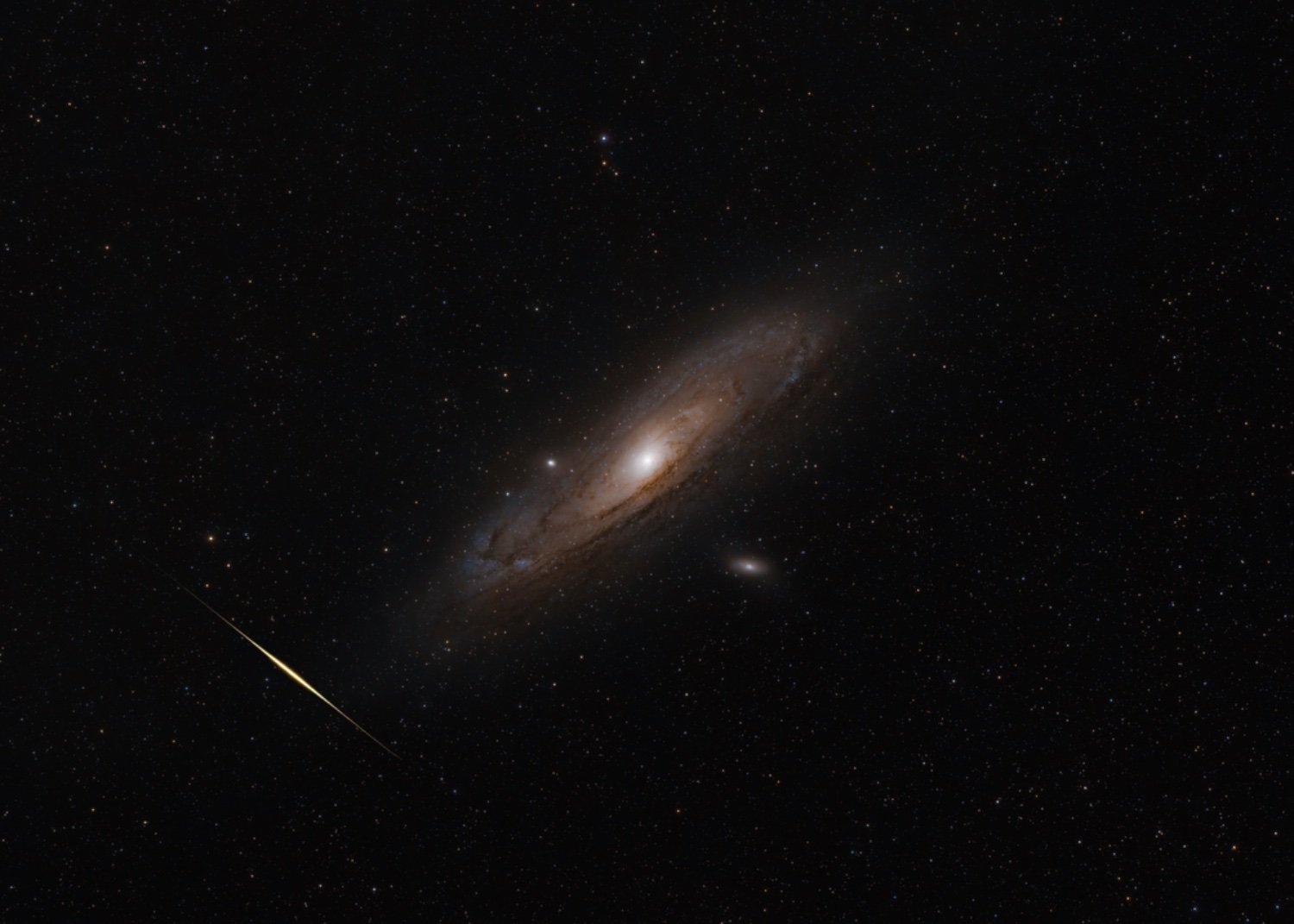




I use uYou plus. It has to be installed via Altstore (which means you have to resign it once a week with a computer needed in the same network).
But it has the best features: